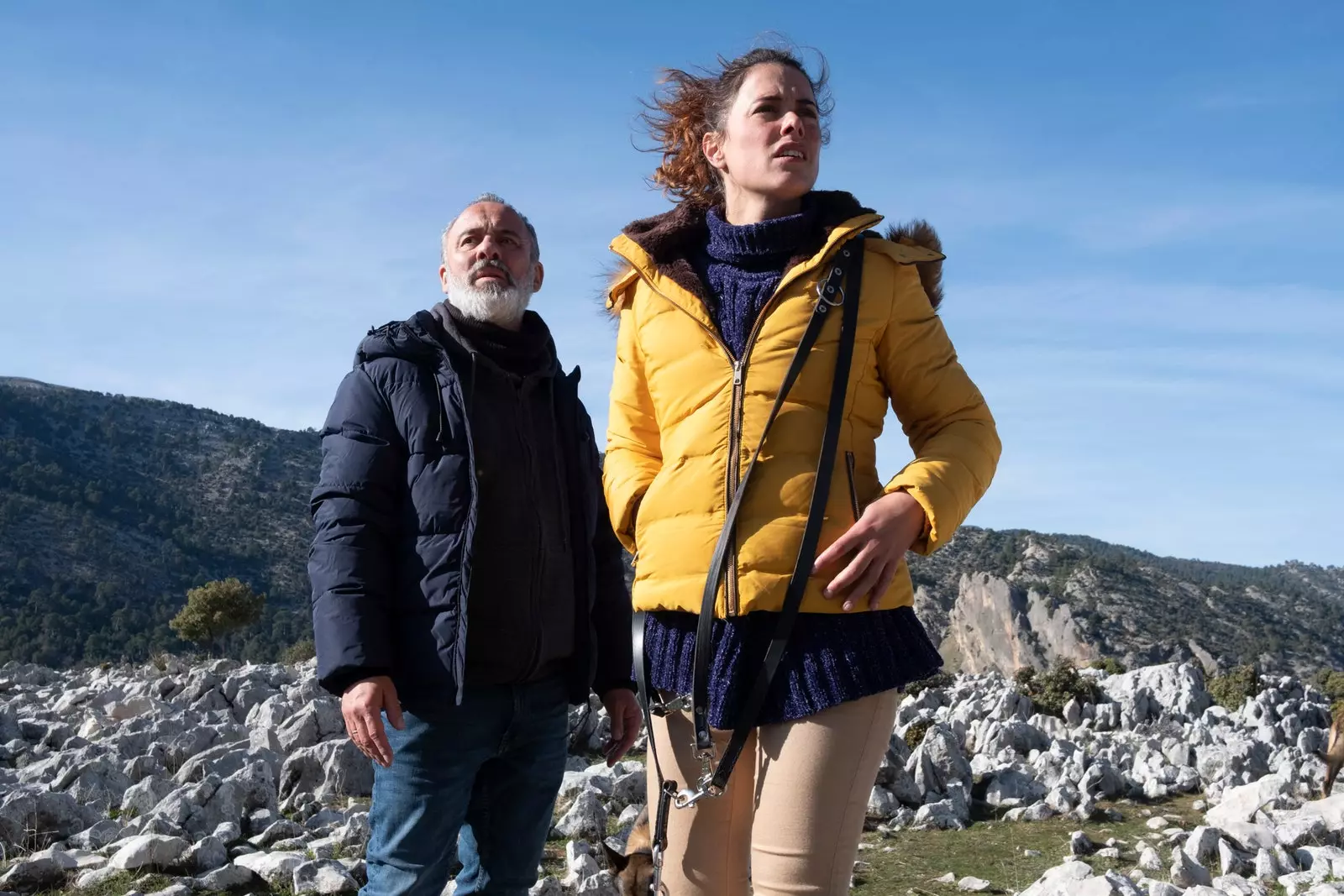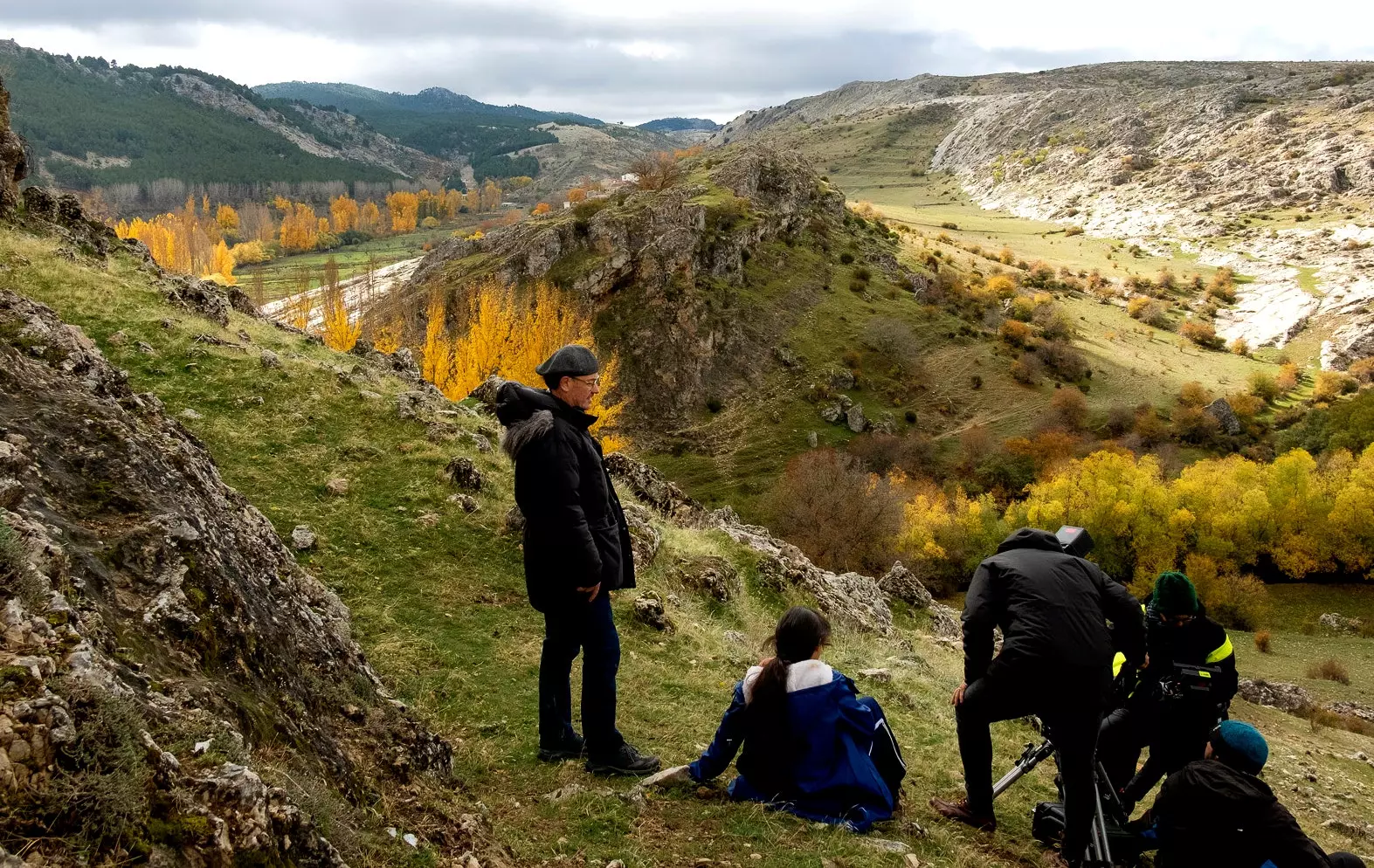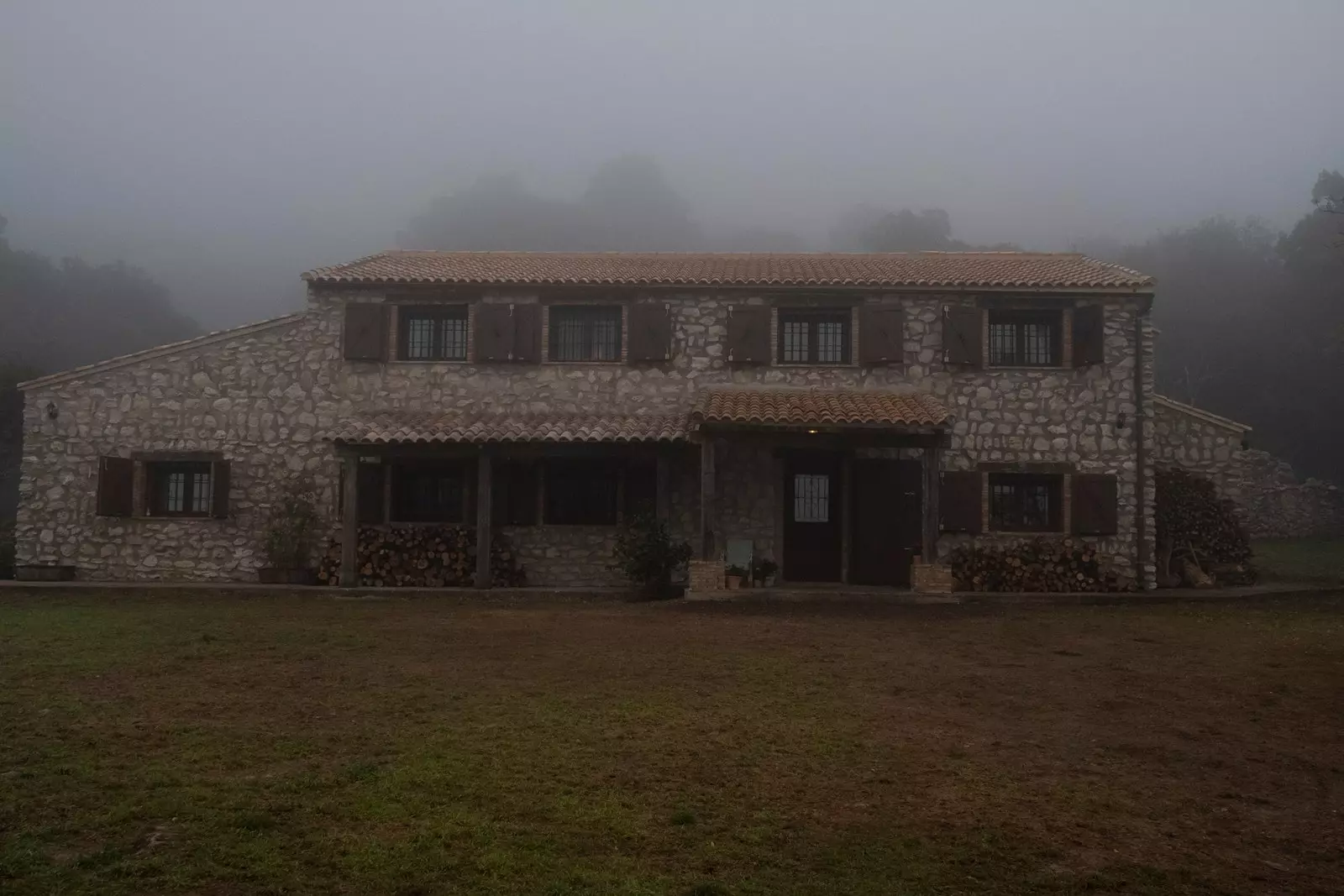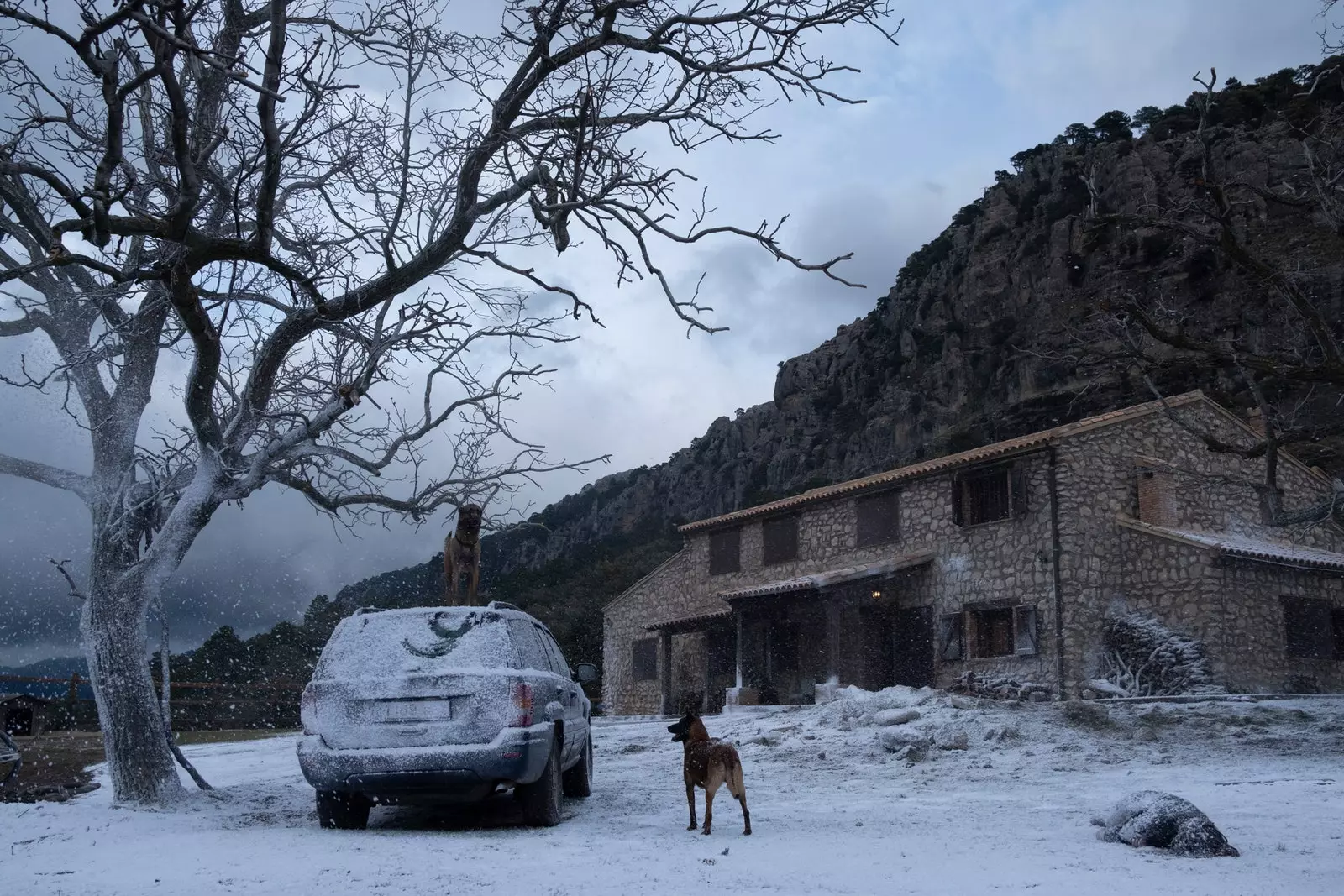First is the idea. Then the landscape. This is how the director works Manuel Martin Cuenca. With The daughter (Theatrical release November 26) As soon as they told him the premise, he saw his protagonists in the middle of the Sierras of Cazorla and Segura. He imagined them in Jaén. Unusual places in the cinema and not in our lists of favorite destinations.
“Jaén is an unknown place even for Andalusians” , argues the director of The Author or Cannibal. “It has stayed in the middle, the trains are not going to pass through there anymore. It is a land of borders, it is the land with the most castles in Spain because for 200 years it was the border between the Nasrid kingdom of Granada and the Christian kingdoms”.
But for him it was not such an unknown land. Almerian, from the ejido , as a child they sent him to summer camps in Santiago of the Sword Later he studied and lived in Granada and went to Jaén a lot. It was the perfect space for his characters.

Javier and Adela in the Sierra.
The daughter It is the story of a couple Javier (Javier Gutiérrez) and Adela (Patricia López Arnáiz) that they cannot have children. Javier works in a juvenile center where he knows Irene (Irene Virgüez Filippidis). Irene is alone and lost and pregnant. Javier and Adela offer to take care of her and help her in exchange for the baby inside her. For such a fragile pact, the ideal setting is a remote, isolated place. Where nature prevails over human nature.
Martín Cuenca needed a place with nature on the surface. Beautiful, relentless. Unpredictable, maternal, but also cold. Mother Nature against the maternal desires of its protagonists. Adding tension.
“Nature has a double meaning here”, he says. “We live in a civilization that has isolated itself from nature, that wants to isolate itself, that wants to challenge and defeat it all the time, we have engaged in a war against it. Instead of accepting that we are one more part, we are your worst enemy. For me, the most primitive stories, more atavistic in a good way, more primary as this one intended, have to have that sense with nature”.

Martín Cuenca (left) shooting in autumn.
LIVING NATURE
The main location of the film is Javier and Adela's house. A large country house in the middle of nowhere that is not easy to access. It is a house in the heart of the Sierras de Cazorla, Segura and Las Villas Natural Park. A house built on the ruins of a farmhouse.
“Now that we talk so much about the emptied Spain. This zone it was depopulated by order of Franco during the 50s to create a hunting ground”, explains Martin Cuenca. “There were about 15,000 people living in the wild who were resettled in an area called new farmhouses, They were given houses and now those old houses are the only ones that can be bought to build there.”
The one in the movie are in an area called The satin of the Pear tree. Between the Sierras de Cazorla and Segura, below the fields of Hernán Perea, a large plateau at more than 1,600 meters high.
“You can only access there in 4x4 cars, the closest town with hotels, Arroyofrío, was an hour away,” continues the director. And they went there and came back every day. “It was wonderful. Because it was a trip to nature. You were with a protected nature, with animals. This is the best part of my job to know and live places like this”.

The house and the fog.
Martín Cuenca took advantage of nature and those landscapes of Jaén doubly. First on the initial trips when they were still writing the script. It was a reunion with those places that he had known as a child in the camps.
“It was a mythical place, almost a mystical experience to return there. He was asking me if it would still snow there and we asked the owner of a bar and he told us: "Too". He inspired the place and its people, who later turned into some characters.
They had to shoot in three phases to "fool" the viewer and show the four seasons on the screen. Or at least, the almost nine months of pregnancy. They shot in spring and autumn and so they got the yellow, orange, green tones and also the snow and fog.
On the set, the director and his team definitely took advantage of what nature had to offer. From the wind and natural sounds that collide with the lullaby composed by Vetusta Morla for The daughter. To the mists and lights of every hour of the day.

There are no special effects.
"Nature behaved wonderfully with us," he recalls. “If you pay tribute to him, if you get down on your knees… That's what he told the director of photography: "Get on your knees in front of nature, it's your best electric, don't try to change it." We have to adapt, take advantage of it. The final shot of the girl, the wind, the light, that's not special effects, it's a miracle, a miracle! If you are humble, nature thanks you.”
